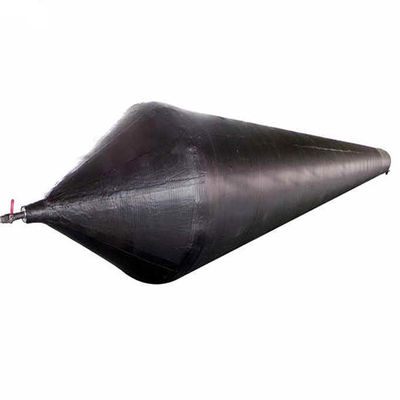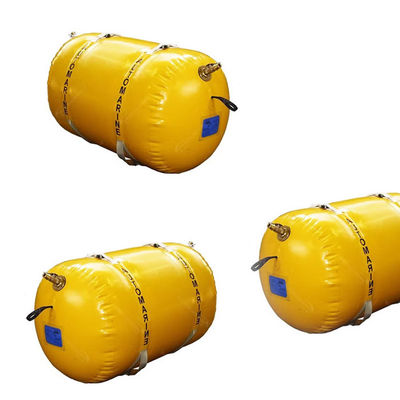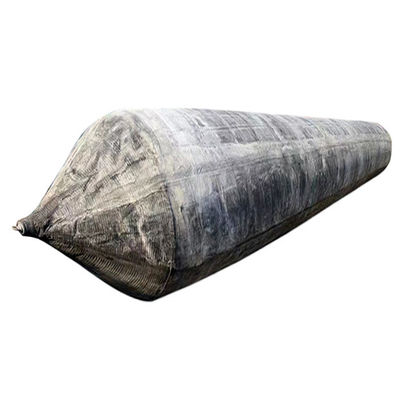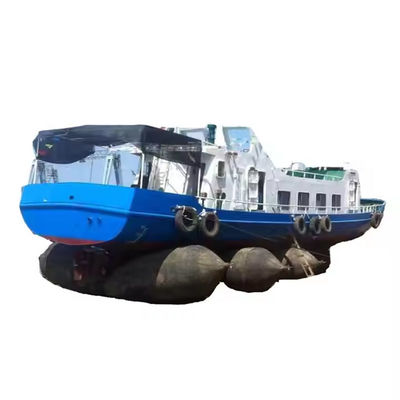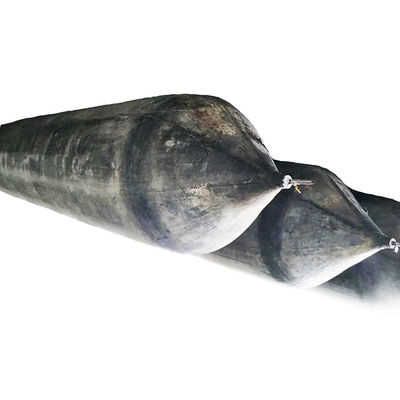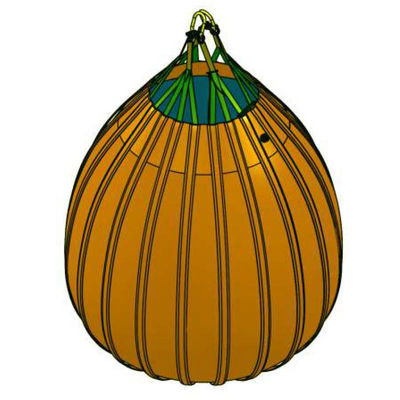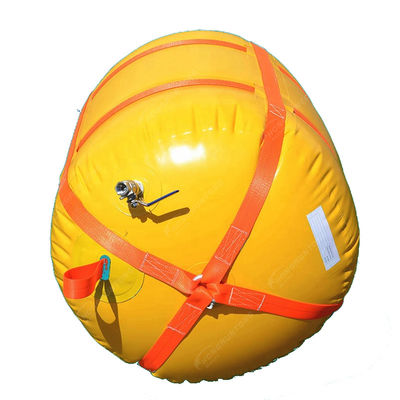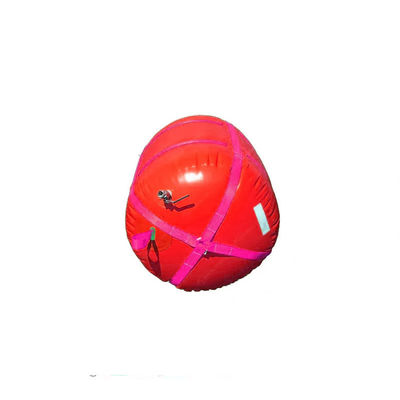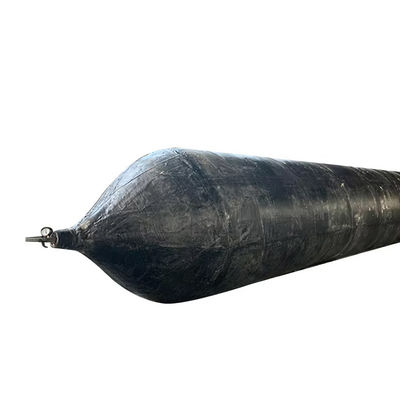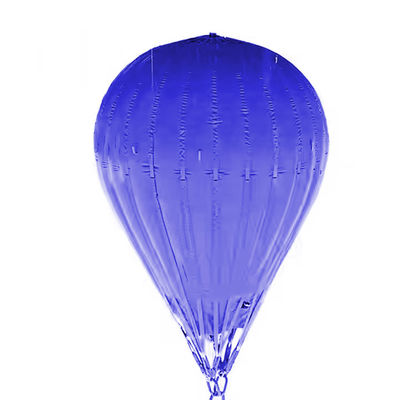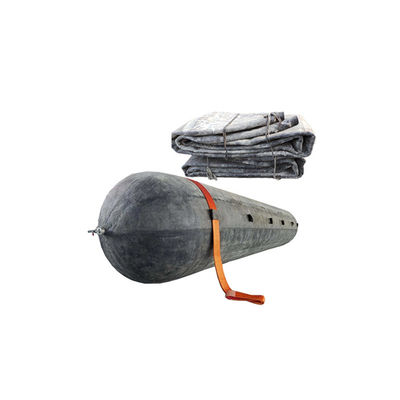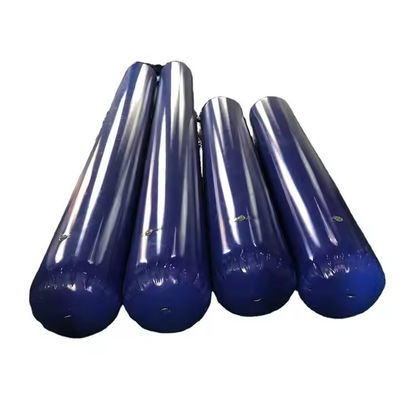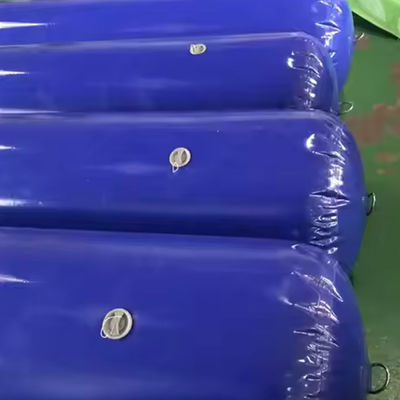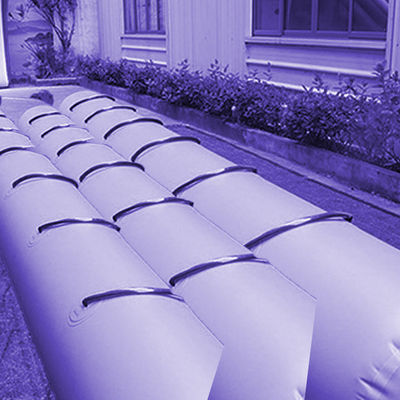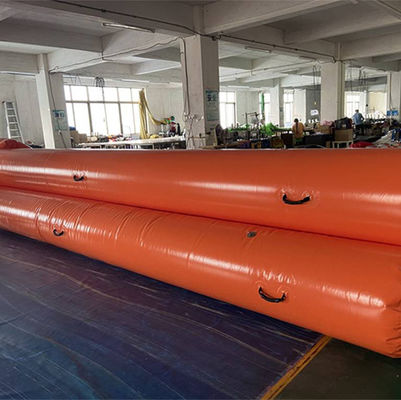Inflatable Salvage Tubes Inflatable Elongated Pontoon for Underwater Works
Description
Inflatable Salvage Tube with High Buoyancy Designed for demanding salvage operations, this inflatable salvage tube boasts exceptional buoyancy, allowing for the safe lifting of large, heavy objects from the water. Its high-quality PVC material provides superior resistance to abrasion, UV rays, and punctures. This tube is ideal for use in marine salvage, oil spill recovery, and assisting with damaged vessels. Its fast deployment and reliable performance make it a go to choice for professionals.


Specifications
| Product Name |
Inflatable Salvage Tubes |
| Size |
As Required |
| Material |
High Performance PVC |
| Salvage Buoyancy |
50kg - 300Tons |
| Inflatable Valve |
Stainless Steel |
| Pressure Relief Valve |
HDPE |
| Warranty |
2 Years |
| Service Life |
6-10 Years |
Features
Safety Straps
Many models come with safety straps or handles that secure the tube during lifting operations, enhancing safety.
UV Resistance
Coated with UV-resistant materials to protect against sun damage, prolonging their lifespan and functionality.
Temperature Resilience
Designed to perform in a wide range of temperatures, making them suitable for use in various climates.
Custom Sizes
Available in various sizes to accommodate different operational needs and applications.
Applications
● Support for scuba diving operations
● Waterway obstruction removal
● Retrieval of lost fishing gear
● Emergency response for shipwrecks
● Lightweight buoyancy aids for divers
● Marine construction assistance
Advantages
Proven Track Record
A long history of successful deployments in various marine operations, demonstrating trust and dependability among clients.
Skilled Workforce
Highly trained staff dedicated to producing superior quality products with attention to detail and craftsmanship.
Innovative Design
Continuous improvement and upgrades in design to enhance functionality and user experience.
Eco Friendly Materials
Commitment to using environmentally safe materials that minimize impact on marine ecosystems.


FAQ
1. How do I inflate the tubes?
Inflatable Salvage Tubes can typically be inflated using an air pump, and some may include a manual or built-in inflation system.
2. How should I store Inflatable Salvage Tubes?
They should be cleaned, deflated, and stored in a cool, dry place away from direct sunlight and sharp objects.
3. What is the lifespan of an Inflatable Salvage Tube?
With proper care and maintenance, they can last several years, typically 5-10 years, depending on usage and environmental conditions.
4. What maintenance is required?
Regular inspections for wear, cleaning, and ensuring that the inflation valves and seams are intact are necessary for longevity.

 Your message must be between 20-3,000 characters!
Your message must be between 20-3,000 characters! Please check your E-mail!
Please check your E-mail!  Your message must be between 20-3,000 characters!
Your message must be between 20-3,000 characters! Please check your E-mail!
Please check your E-mail! 
